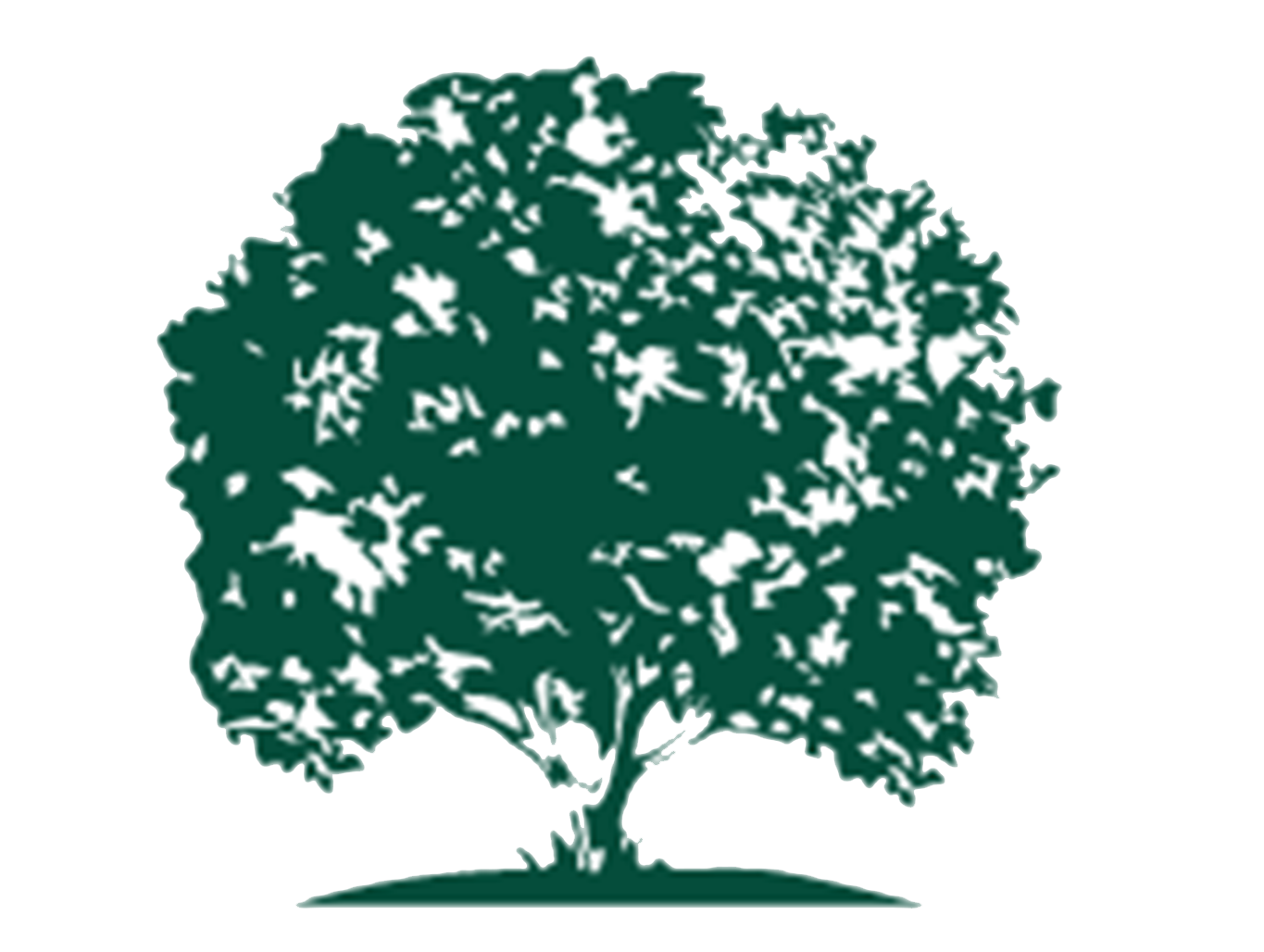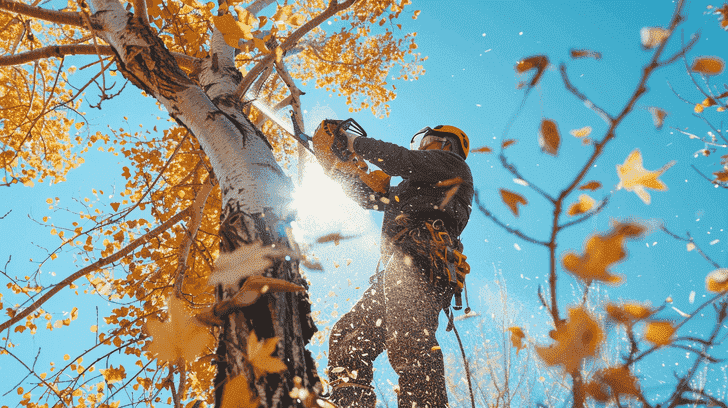Poplar Tree Trimming Techniques and Tips
When keeping your poplar trees healthy, trimming is essential. Prune in the fall after leaves fall or in early spring to minimize stress and boost new growth. Shape branches for a sturdy structure, control growth, and improve canopy management.
Use quality pruning shears, loppers, saws, and consider chisels for shaping. Prune every 3-5 years for better air circulation, health, and future timber use.
Protect poplars in winter with well-draining soil, deep watering pre-freeze, proper sun exposure, pest prevention, and mulch for root insulation.
Proper trimming techniques go a long way in maintaining healthy and vibrant poplar trees.
Timing for Pruning Poplar Trees
When considering the timing for pruning poplar trees, it’s important to prune in the fall after the leaves drop or in early spring to promote tree health and growth. Best practices dictate that pruning during these seasons minimizes stress on the tree and encourages vigorous new growth.
By following these seasonal considerations, you can effectively manage the growth patterns of your poplar trees, ensuring they remain healthy and visually appealing.
Regular maintenance tips such as removing crossing or crowded branches and eliminating low branches when the tree is young are essential for the overall well-being of the trees.
Proper timing of pruning not only enhances the visual appeal of the trees but also plays a significant role in their long-term health and vitality.
Proper Techniques for Pruning
To guarantee the peak health and growth of your poplar trees, mastering the proper techniques for pruning is essential. Branch shaping is important for creating a strong tree structure, removing any crossing or crowded branches.
This technique promotes growth control and improves canopy management.
Regular pruning every 3-5 years promotes tree health by allowing for better air circulation and sunlight penetration. By maintaining a consistent pruning frequency, you encourage the development of a robust and flourishing tree.
Essential Tools for Tree Trimming
For effective tree trimming, using the right tools is crucial to achieving precise and efficient results.
When it comes to tree maintenance, having the correct trimming tools can make a significant difference in the outcome of your efforts. Here are some essential tools for tree trimming:
- Pruning equipment: Make sure you have high-quality pruning shears, loppers, and saws for different sizes of branches.
- Tree shaping: Consider using tools like pruning knives or chisels for more intricate shaping needs.
- Branch removal: Invest in a reliable pruning saw or chainsaw for cutting through larger branches.
- Trimming tools: Use hedge trimmers or pole pruners to maintain the overall shape of the tree.
Choosing the right tools for the job won’t only make your tree-trimming tasks easier but also help you achieve the desired results effectively.
Benefits of Pruning Poplar Trees
Promote the strong, healthy growth of your poplar trees by understanding the benefits of proper pruning techniques. Pruning poplar trees every 3-5 years promotes growth, enhances branch structure, and maintains tree health.
By removing dead or crowded branches, you create space for new growth, guaranteeing the longevity of your trees. Proper pruning also reduces shading around the tree base, allowing for better pasture management and preventing stock camps under the tree.
This practice not only secures the health of your poplar trees but also enables future timber use for on-farm purposes. Remember, a well-pruned poplar tree isn’t only visually appealing but also contributes to a sustainable and thriving landscape.
Winter Care Tips for Poplars
In winter, it’s important to implement proper care techniques to guarantee the health and vitality of your poplar trees.
- Soil Preparation: Make sure the soil around your poplar trees is well-draining to prevent waterlogging during the winter months.
- Watering Needs: Water your poplar trees deeply before the ground freezes to provide ample moisture during the dormant season.
- Sunlight Requirements: Position your trees in an area that receives sufficient sunlight, as this is essential for their overall growth and development.
- Pest Control: Take measures to protect your poplar from common pests that may pose a threat during the winter months.
- Mulching Benefits: Apply a layer of mulch around the base of your trees to help insulate the roots and protect them from frost.
Conclusion
To sum up, when it comes to maintaining the health and beauty of your poplar trees, proper trimming is essential.
By pruning your trees at the right time, using the correct techniques and tools, and providing winter care, you can guarantee their long-term growth and resilience.
Remember, an ounce of prevention is worth a pound of cure – so take the time to care for your poplar trees now to enjoy their beauty for years to come.







